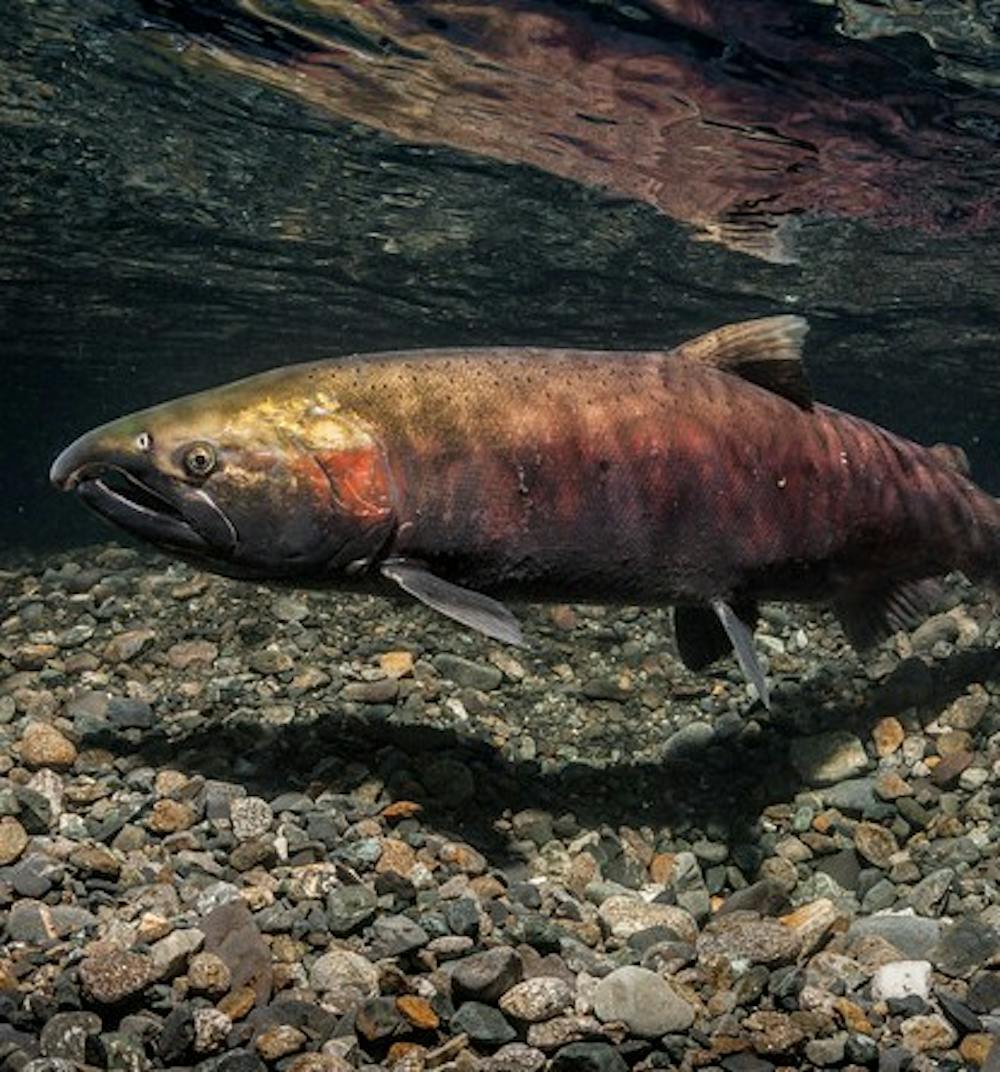The 1972 Clean Water Act outlawed point source pollution into water, unless a permit was obtained. Point source pollution refers to the discharge of pollutants through pipes, channels or ditches.
Although this law greatly improved water quality for aquatic ecosystems, the most critical threat now is nonpoint source pollution, which results from land runoffs that pick up man-made pollutants.
In a recent study published in Ecological Applications, Blake E. Feist of the Northwest Fisheries Science Center and colleagues examined which human activities are related coho salmon die-offs.
Their evidence indicates that the cause behind this phenomenon is contaminants in stormwater runoff derived from motor vehicles.
Coho salmon, characterized by their silver body with spots on the back and upper lobe of the tail, is a popular sport fish in Northwest America. They were an important part of the diets of indigenous people and were used for traditional practices.
Previous field surveys done by N. L. Scholz and colleagues demonstrated that coho salmon have shown high rates of mortality in urban streams.
The researchers highlight the potential role of toxicants from stormwater runoffs after ruling out other factors such as stream temperature, pathogens and disease, and dissolved oxygen concentration.
“Coho have not done well where a lot of human activity impacts their habitat,” Scholz, a research zoologist for the National Oceanic and Atmospheric Administration, said in an interview with The Washington Post.
During the study, Feist and his research team surveyed 51 spawning sites across the Puget Sound Basin in Washington.
They took into account spatial analyses and climate variables to help generate a predictive mortality risk map.
“The present study... highlights the fact that 40 percent of the total area of Puget Sound river basins that support coho are predicted to have adult mortality rates that substantively increase the risk of local population extinction,” the study said.
The researchers also examined the effects of rainfall to identify areas where stormwater mitigation would be most needed. It was previously thought that the magnitude of mortality was increased by pollutants accumulated during drought periods before spawning season.
However, the researchers discovered that cumulative pollutants are a factor only in less urbanized areas. In highly urbanized areas, enough toxicants build up rapidly over short periods of time to threaten the salmon population.
“If we’re going to have people living in these watersheds, we’re going to have to deal with this problem,” Scholz said, according to The Washington Post. “We’re experiencing major population growth pressures. We’re literally working around the clock.”
Innovative clean water strategies are needed to help preserve the coho population in Puget Sound. One method the research team suggests is using inexpensive soil columns that are effective in removal of chemical toxicants.
The study by Feist and his colleagues shows that a lot of effort is still required in the coming years to protect the economic, cultural and ecological importance of the coho salmon species.

















